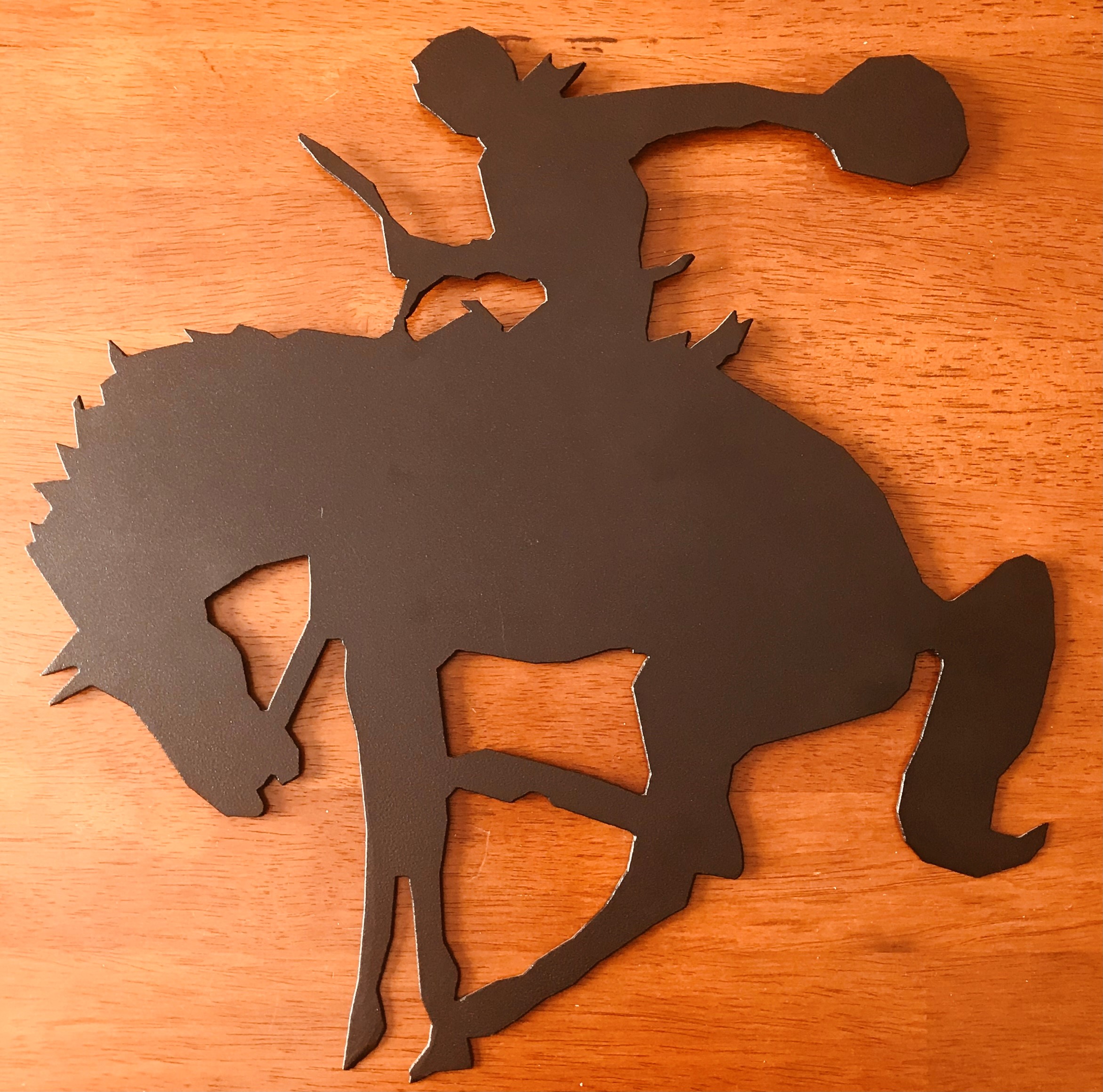Ah yes, colt starting—that rugged rite of passage where horse meets human, and gravity gets its say. It’s part training, part interpretive dance, and part rodeo… minus the prize money.
Young, Reckless, and Slightly Concussed
Colt starters are usually under 30, full of moxie, Mountain Dew, and poor decisions. Their main qualifications? Elastic bones and an unshakeable belief that they are one with the horse—right up until they’re one with the dirt.
Their training experience? Dubious. Their confidence? Absolute. Their safety protocol? Hope and a helmet that’s never been worn.
The “Program” (A Term We Use Generously)
A typical colt starting program promises the basics: saddle acceptance, some steering, a few buttons like walk, trot, lope, stop, and maybe a backup—if the stars align. The structure may include 30-, 60-, or 90-day packages. Your colt might get an hour of work a day… or just a polite nod from across the paddock.
Expect bills between $1,800 and $3,000 a month—which mostly covers the trainer’s truck payment and a fresh pair of chinks.
What You’re Hoping For vs. What You Get
You imagined sending your horse off to Hogwarts for equines—what you get back is a horse that mostly goes forward, probably stops, and occasionally remembers its own name. That “finished” horse you were dreaming of? Yeah, no. What you now have is a mostly manageable, slightly traumatized animal that might not murder you when you saddle it.
The Tall Tales and “Trainer Math”
Prepare yourself for stories. Oh, the stories. How he’s started thousands of colts. How he trained that champion cutting horse (that he once touched at a clinic). How he was this close to death before his spurs—yes, his actual spurs—saved his life.
And seriously, if someone tells you his spurs saved his life, ask yourself: What on earth was this guy doing to get into a life-threatening situation that only pointy foot accessories could resolve? And more importantly—is that really the dude you want teaching “Ole Patience” how to trust people? Because chances are, if he needed his spurs to live, he might not be the picture of subtle communication.
The Barn Bunnies
Let’s not forget the barn bunnies—teenage girls in love with horses, fantasy cowboy culture, and denim-clad danger. They loiter like it’s a Coachella afterparty, filming the “trainer” lunging a sweaty colt while whispering, “He’s just so connected to animals.”
They may not know what collection or contact means, but they’ll scream if he posts a reel in slow motion. Their job? Feed the ego, validate the drama, and act as unpaid PR. Bless ‘em—they mean well, but they’re one “cowboy kiss” away from joining a cult.
The YouTube Clinician
Then there’s the traveling clinician—your colt starter’s alter ego. He’s a road warrior with a selfie stick, selling dreams and DVDs. He’s rarely in the barn but always in your algorithm, promising enlightenment through vague metaphors like “the horse is a mirror.”
And let’s be honest: he hasn’t started a colt since iPhones got Face ID. But boy, can he sell a ballcap.
Back in the Old Days…
The Vaqueros knew the game. They started colts gently at two, gave ‘em time to grow, then brought them back at four with brains and bones intact. Classical dressage? They wait until six or eight before putting a rider up—because apparently, they value groundwork over Instagram stories.
Math vs. Fantasy
The “thousands of colts” claim doesn’t hold up. Not unless they’ve been starting colts since birth and have a barn run by NASA. Ask them: Did you actually ride them? Or did you “supervise” while your apprentice took the falls?
This is horse training, not fantasy football. Do the math.
What You Really Get
Too often, these horses come back reactive, anxious, and needing therapy. They’ve been rushed, confused, and overexposed to cowboy cosplay. But hey, at least your colt starter got a sweet GoPro shot of his spurs sparkling in the sunset.
Final Thoughts (and a Word of Caution)
No, I haven’t started thousands of colts. I haven’t made world champions or gone viral showing a horse stand on a tire. But I’ve spent enough time around horses to know they’re more patient, more forgiving, and often smarter than the guy holding the reins.
The two year olds were the easiest to get along with, the four year olds are starting to think independently, and the twenty year olds have been around people enough that they’ll put up with most any of our nonsense.
So before you send your young horse off to some cowboy philosopher with a belt buckle the size of a dinner plate (think Dale Brisby) and a backup dancer squad of barn bunnies—ask a few questions. Like: Do you actually ride? Do your horses come back sane? And have your spurs ever been involved in a near-death rescue operation?
If the answer to that last one is yes, maybe it’s time to grab your horse and run.
Mic drop. Boot scoot.

